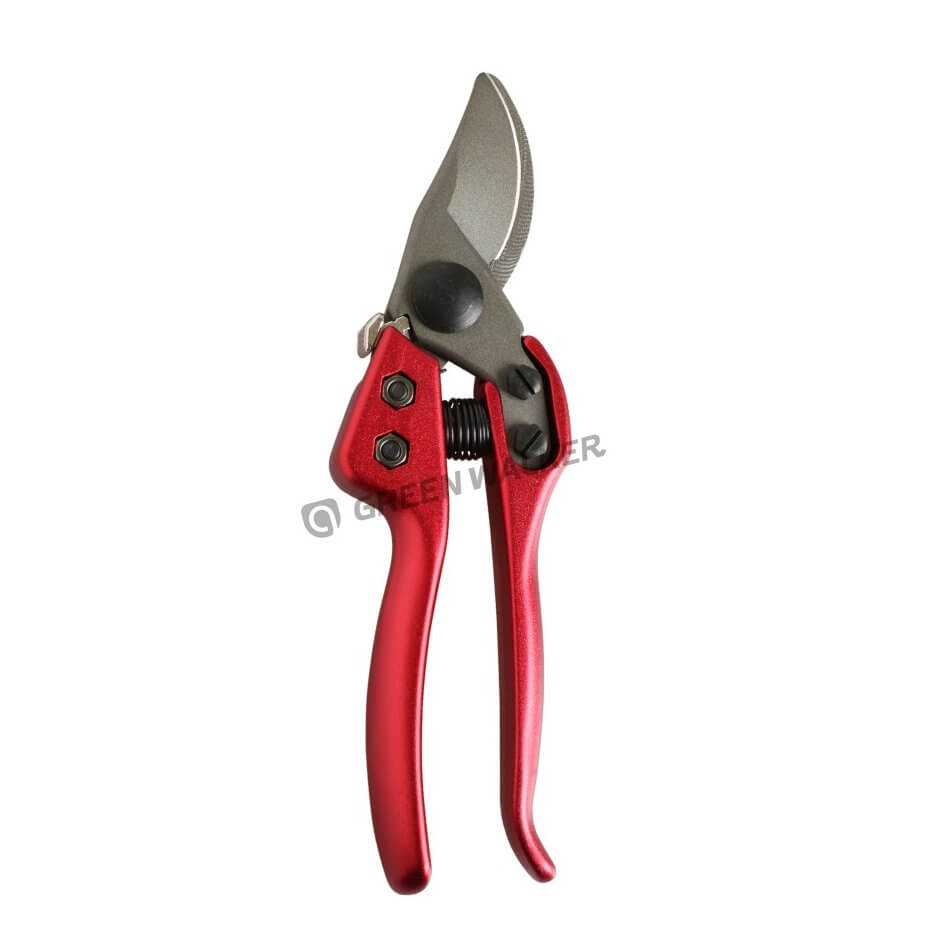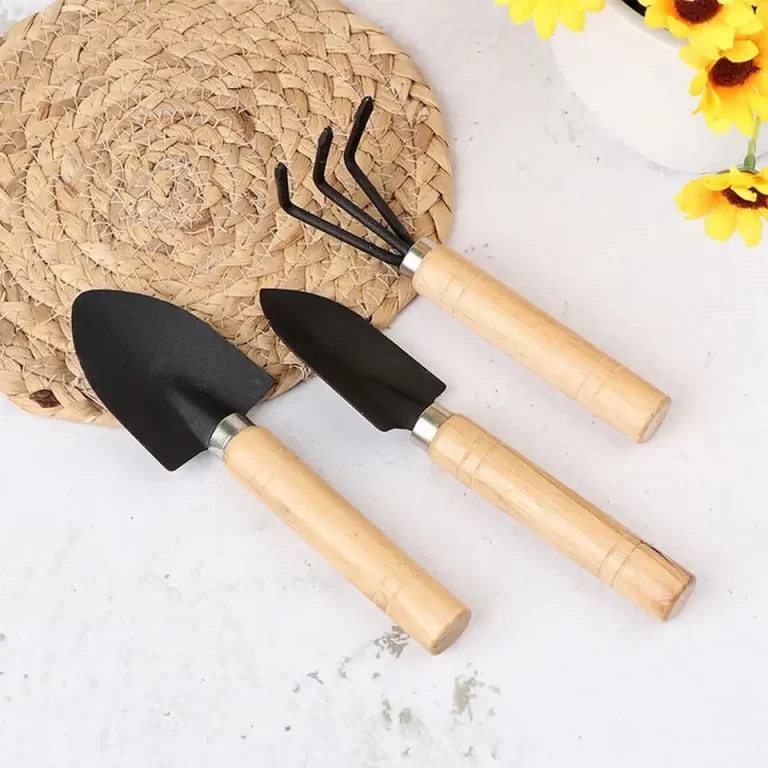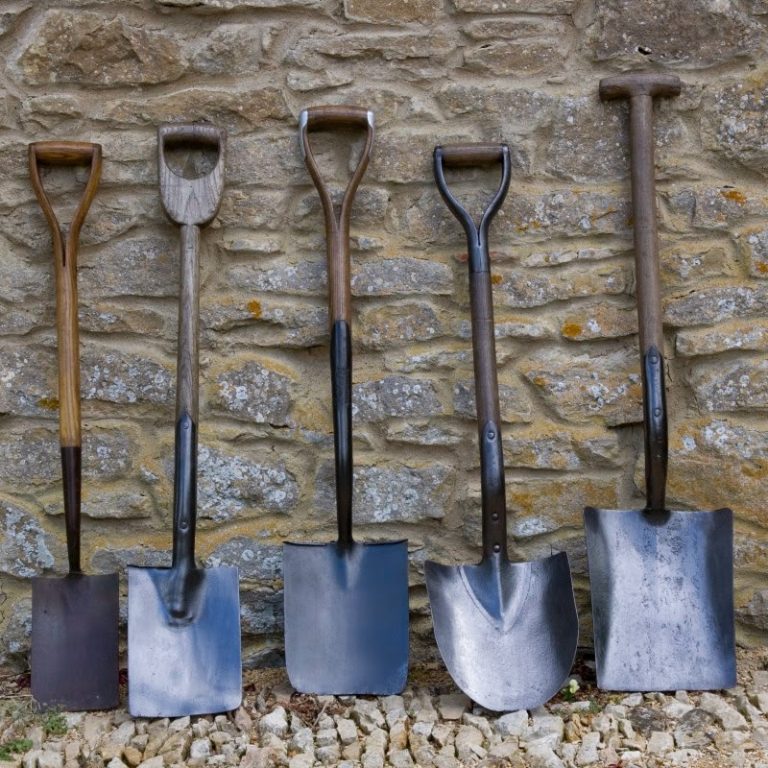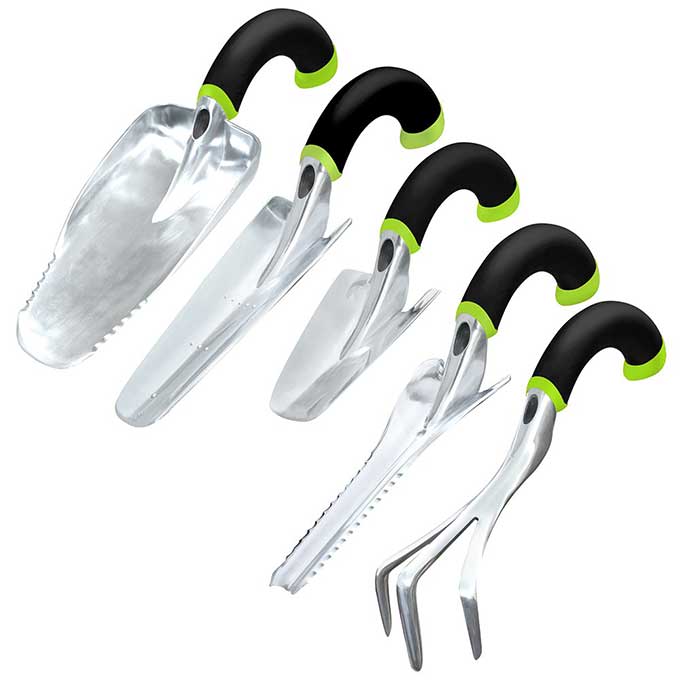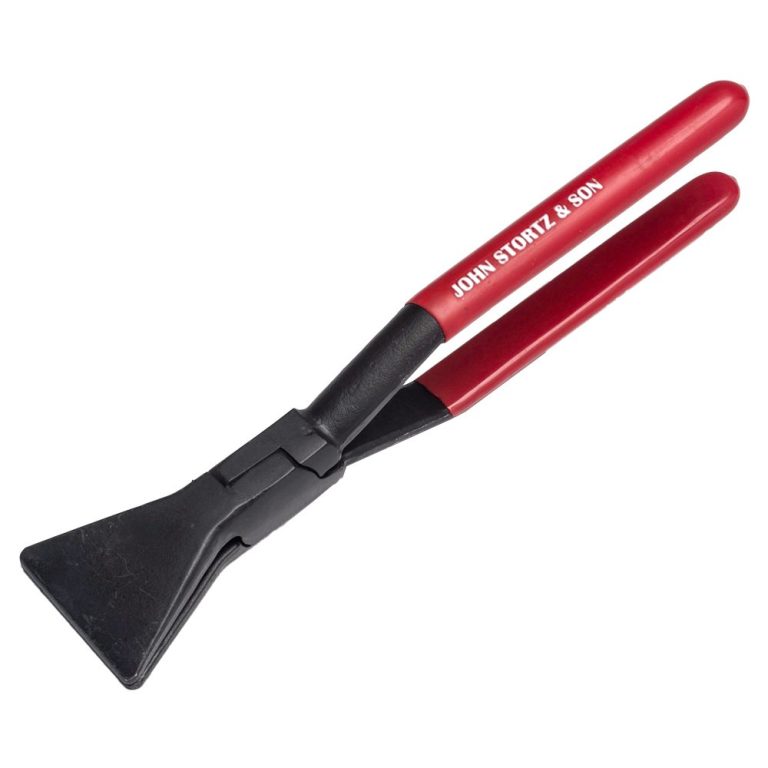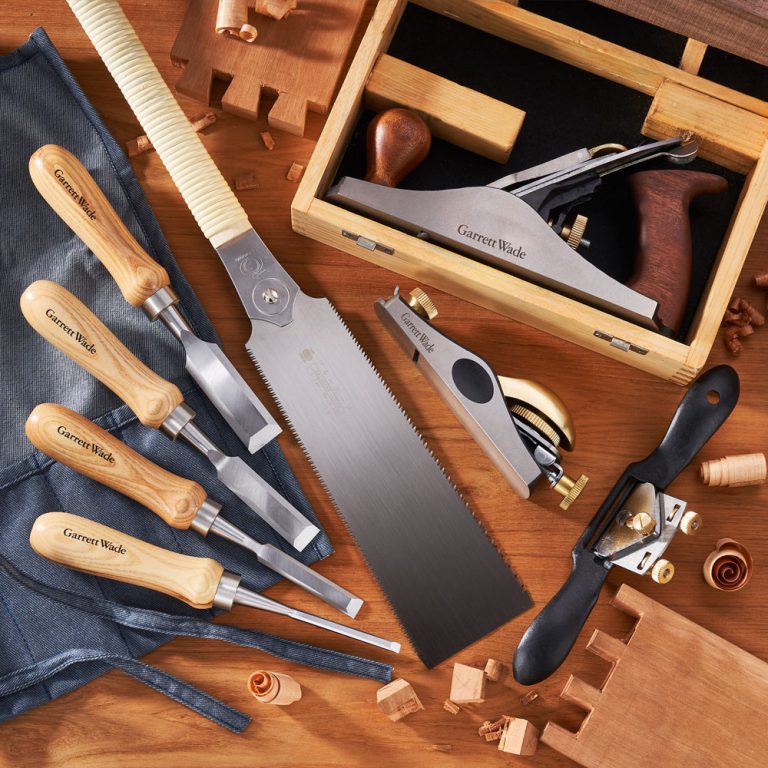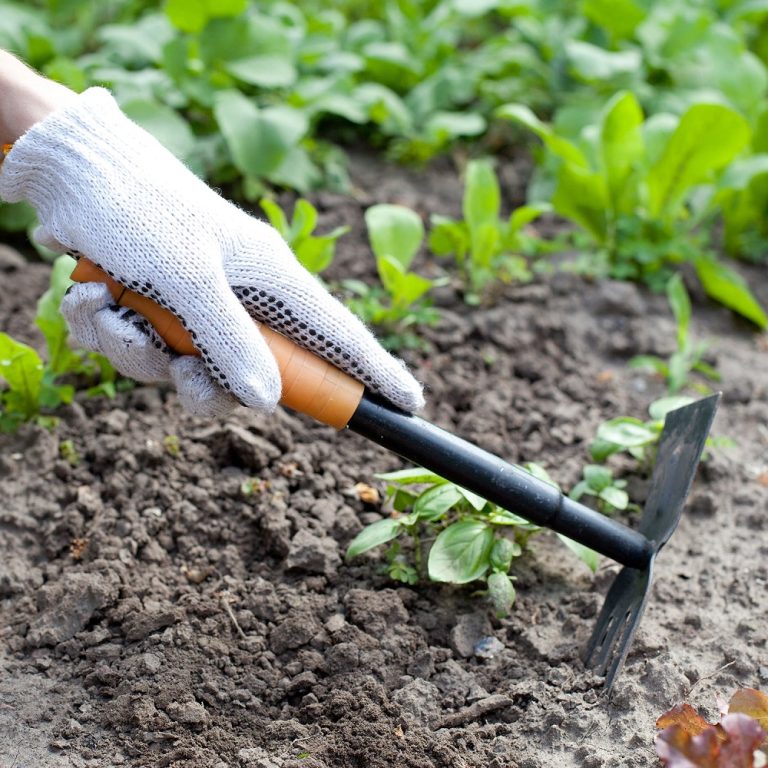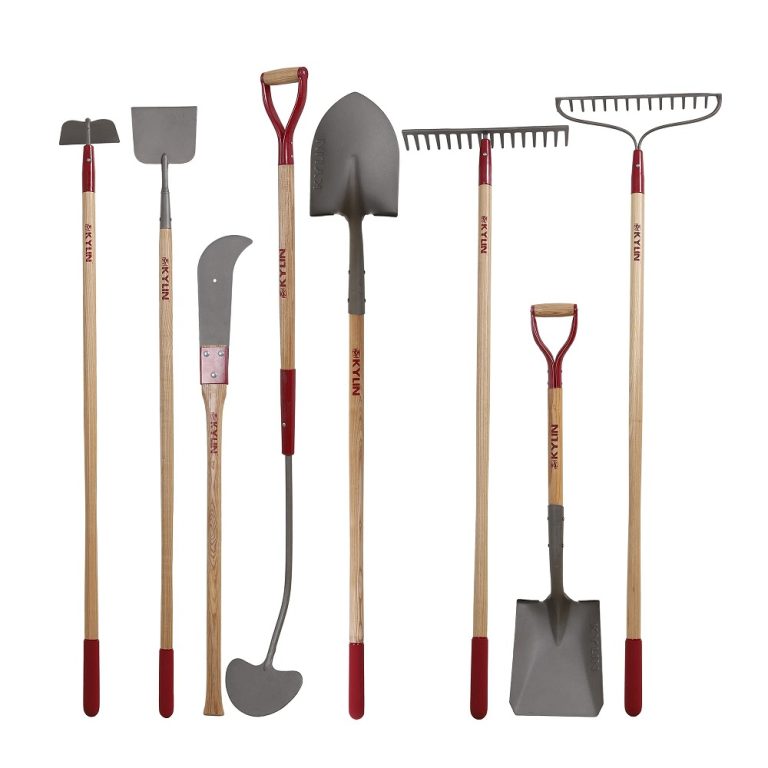Pruning is an essential practice in gardening that promotes healthier plants and enhances their growth. Whether you are managing a small backyard garden, a vibrant flower bed, or an extensive orchard, effective pruning can make a significant difference. To prune effectively, you need the right tools. This article will discuss various garden pruning tools, their uses, and how to choose the right equipment to ensure your plants thrive.
Understanding the Importance of Pruning
Pruning is not simply about cutting back plants; it plays a crucial role in plant health and aesthetics. One of the primary benefits of pruning is to remove dead or diseased branches. By eliminating these parts, you help prevent the spread of disease to other healthy sections. This practice improves air circulation and allows more sunlight to reach the plant, which is vital for photosynthesis.
Additionally, pruning encourages new growth. When you cut back certain branches, it stimulates the plant to produce new shoots. This leads to fuller and healthier plants. Pruning can also shape plants, giving them a cleaner and more attractive appearance. Whether you’re trying to maintain a specific form or promote flowering, a well-executed pruning strategy can be incredibly beneficial. In summary, pruning has many advantages that can enhance the overall health and aesthetics of your garden.
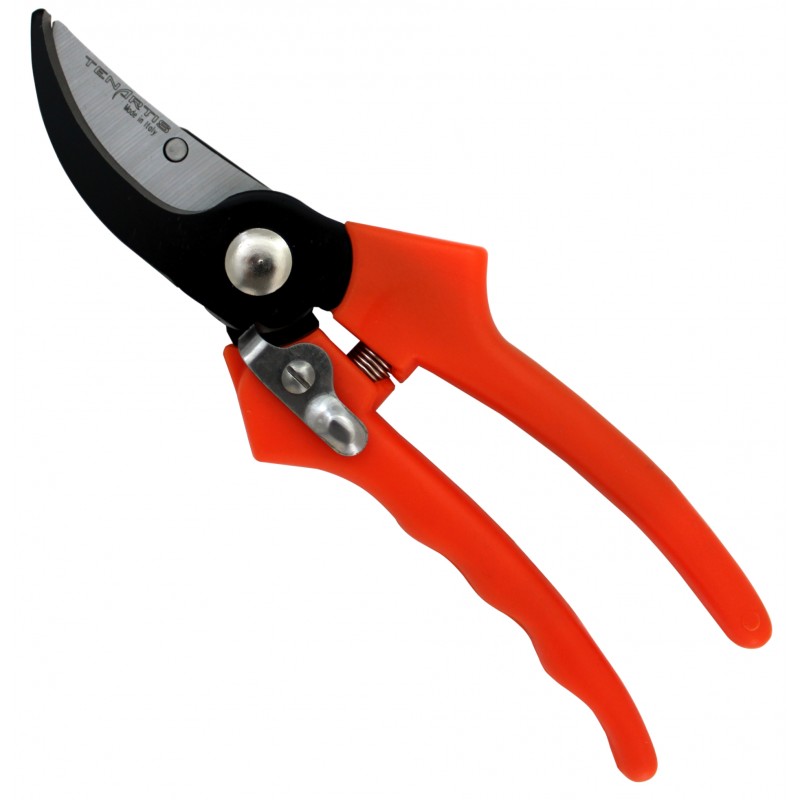
The Basic Pruning Tools You Need
When it comes to pruning tools, several basic instruments should be part of your gardening toolkit. Each tool serves a specific purpose, and having the right ones on hand will make your pruning tasks much easier. First and foremost, a quality pair of hand pruners is essential. These compact tools are ideal for trimming small branches and dead stems. Look for pruners with sharp, stainless-steel blades. This material stays sharper longer and resists rust, ensuring durability.
Another crucial tool is the lopper. Loppers offer more leverage than hand pruners and are designed for cutting thicker branches. They usually have long handles, allowing you to reach higher branches without using a ladder. This tool is particularly useful for pruning shrubs or trees that may not be easily accessible.
For larger branches, a pruning saw may be necessary. Pruning saws come in different sizes and styles. Some have curved blades for cutting through thicker wood, while others have straight blades for a cleaner cut. A reciprocating saw can also come in handy for bigger projects. Lastly, gloves are an often overlooked necessity. Protective gloves will help prevent blisters and cuts, making your gardening experience safer and more comfortable.
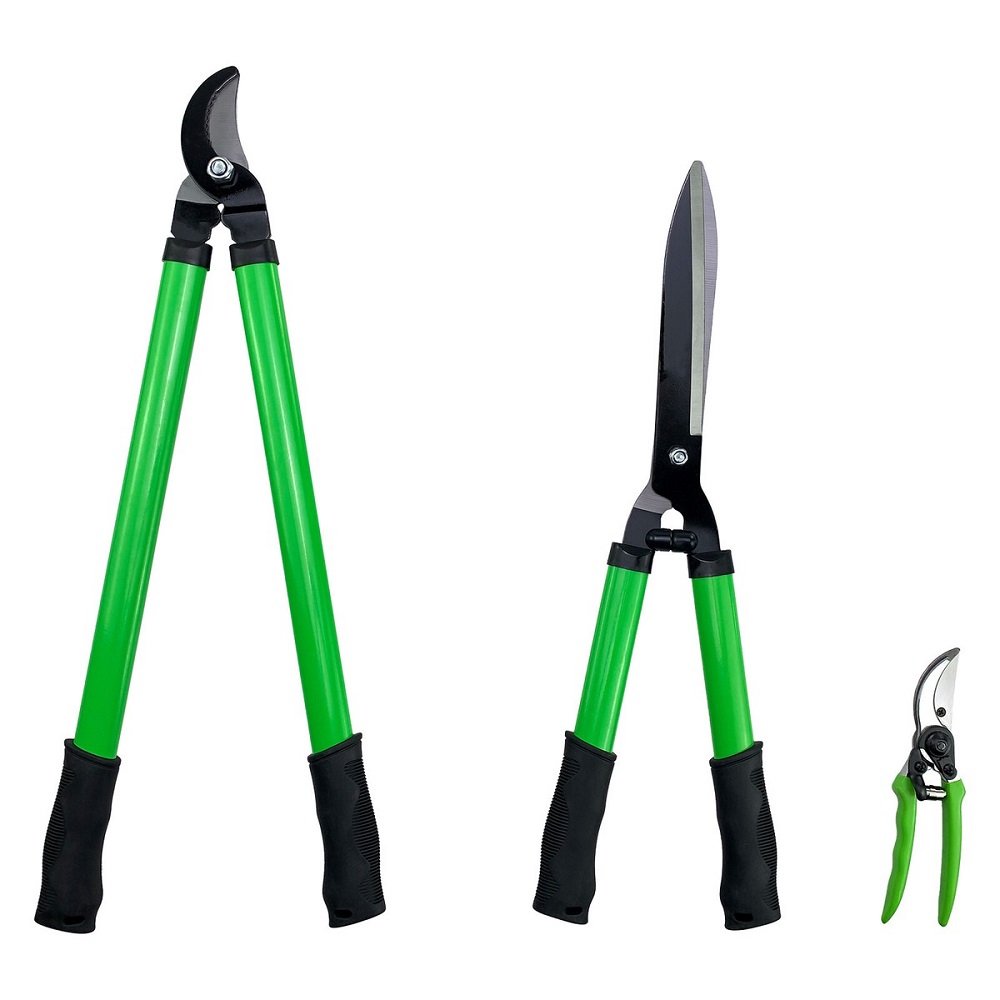
Hand Pruners: Versatile and Essential
Hand pruners, also known as secateurs, are one of the most versatile tools in your gardening arsenal. Their compact size and sharp blades make them perfect for various tasks. You can use hand pruners for deadheading flowers, trimming small branches, or even for harvesting vegetables. With their precision, they allow for fine, accurate cuts that promote plant health.
When choosing hand pruners, look for ergonomic designs. Comfortable handles reduce hand strain, especially during long gardening sessions. Additionally, many models come with features like a locking mechanism for safe storage and spring-loaded handles that make cutting easier. A good pair of pruners can last for many years with proper care and maintenance.
To maintain your hand pruners, it is important to clean them after each use. This prevents the build-up of sap and dirt, which can affect performance. Regularly sharpening the blades also enhances cutting efficiency. Some pruners even come with replaceable blades, extending their lifespan. Investing in high-quality hand pruners is worthwhile, considering their multifunctional nature and impact on your gardening success.

Loppers: For Managing Thicker Branches
Loppers are a crucial tool for any gardener dealing with larger branches and woody plants. Unlike hand pruners, loppers have longer handles that provide leverage and allow you to cut through thicker wood. This makes them ideal for pruning shrubs and small trees. With a good pair of loppers, you can tackle branches that are too thick for hand pruners without straining your hands or wrists.
When selecting loppers, look for ones that fit comfortably in your grip. The handles might be straight or curved, and each design has its advantages. Curved loppers can make it easier to reach certain branches, while straight ones are often sturdier. Additionally, check the blade material. High-carbon steel blades tend to stay sharper longer and are easier to sharpen than regular steel.
Using loppers correctly can greatly enhance your pruning effectiveness. Always make sure to cut at the right angle, generally about one-quarter inch above a node. This encourages healthy growth and minimizes damage to the plant. With loppers in hand, you can manage your garden more effectively, ensuring that all plants receive the care they need for healthy growth.
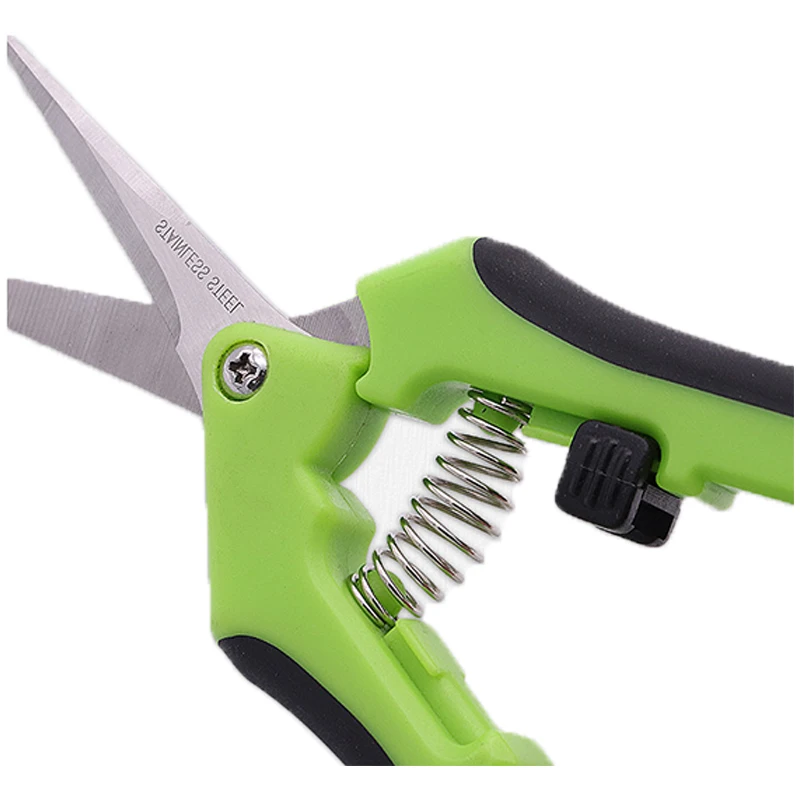
Pruning Saws: For Larger Jobs
For gardeners who encounter larger branches or require heavy-duty cutting, a pruning saw is essential. Pruning saws are specifically designed for cutting through thicker wood, making them an invaluable asset for serious gardeners and landscapers. Unlike regular saws, pruning saws have specialized teeth that can cut on both the push and pull strokes, allowing for more efficient cutting. This design makes them faster and easier to use when tackling large branches or dead wood.
Pruning saws come in various styles, including curved and straight blades. A curved blade is excellent for maneuvering around branches, while a straight blade offers a clean cut. It is essential to choose a saw that feels comfortable in your hand. Weight and balance are also important factors, as a well-balanced saw reduces fatigue during use.
To ensure safety while using a pruning saw, always make cuts away from your body. Position yourself so that you have a stable base, and avoid cutting branches that could swing down unexpectedly. When you finish using the saw, clean the blade and store it safely to prevent accidental injury. With a reliable pruning saw in your toolkit, you can confidently tackle larger pruning tasks and maintain your garden’s health.
Specialty Pruning Tools for Unique Tasks
In addition to the basic pruning tools, several specialty instruments cater to specific tasks in the garden. These specialized tools can significantly enhance your pruning efforts. For example, a pole pruner is ideal for high branches that are out of reach. This tool typically consists of a long pole with a pruning blade at the end, allowing you to cut branches from the ground without the need for a ladder.
Another valuable tool is the hedge trimmer, which makes maintaining hedges and shrubs much easier. Electric and manual hedge trimmers are available, and choosing between them depends on personal preference and the size of the garden. Electric trimmers are generally quicker and more efficient, while manual trimmers provide more control.
A weeder can also be considered a vital tool for overall garden health. By removing unwanted plants that compete for resources, you allow your healthy plants to thrive. The right tools help you keep your garden healthy and beautiful. Investing in these specialty tools can improve efficiency and make your gardening tasks more enjoyable.
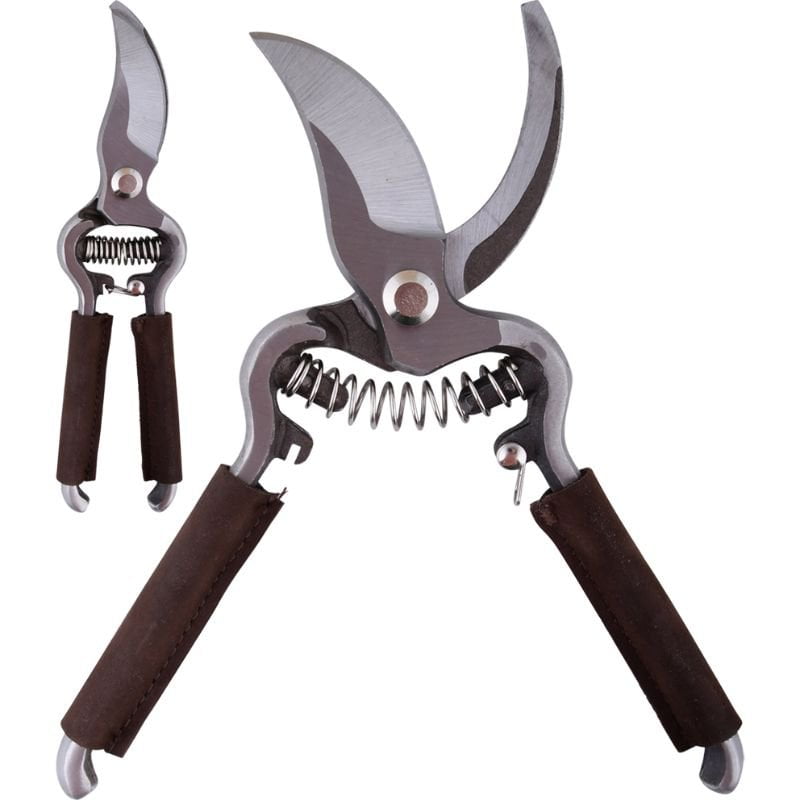
Maintaining Your Pruning Tools
Owning high-quality pruning tools is just the beginning; proper maintenance is crucial to ensure they last for years. Regular cleaning is one of the most important aspects of tool maintenance. After each use, make sure to remove any sap, dirt, or plant material stuck on the blades. A simple wipe with a damp cloth will suffice, but if there is stubborn residue, use a small amount of soap and water.
Additionally, regularly sharpening the blades is essential for effective cutting. Dull blades can damage plants by crushing stems rather than making clean cuts. You can use a sharpening stone or specialized tool sharpening equipment to maintain your blades. While sharpening, follow the angle of the original blade edge for the best results.
Lubricating moving parts is another key maintenance step. A few drops of oil on pivot points can prevent rust and ensure smoother operation. When storing your tools, keep them in a dry place and avoid leaving them exposed to moisture. Proper care of your pruning tools not only ensures their longevity but also enhances your overall gardening experience.
The Benefits of Using the Right Tools
Using the right pruning tools makes a significant difference in achieving healthy plants. Well-maintained tools allow for precise cuts, minimizing damage to plants. This precision is especially crucial when pruning flowering plants, as it influences blooming periods and overall vigor. Additionally, the right tools can reduce the effort exerted during gardening tasks, making your work more efficient.
Investing in quality pruning tools can lead to long-term benefits for both you and your garden. Well-made tools last longer and stay sharper, ensuring that they can handle repeated use over the seasons. When you have reliable equipment, you can focus more on gardening and less on struggling with ineffective tools.
Moreover, using appropriate tools can enhance safety during gardening. High-quality tools are designed to be ergonomic, reducing the risk of strain and injury. By choosing the right equipment, you cultivate a more enjoyable gardening experience while ensuring that your plants receive the best care possible.
In conclusion, having the right garden pruning tools is essential for maintaining healthy plants and an efficient gardening routine. Understanding the importance of pruning, knowing the tools required, and maintaining them properly can significantly improve your garden’s health. With the right equipment, even novice gardeners can achieve successful results and enjoy the many benefits of nurturing beautiful plants. By investing in and caring for your pruning tools, you pave the way for a flourishing garden that you can be proud of.
